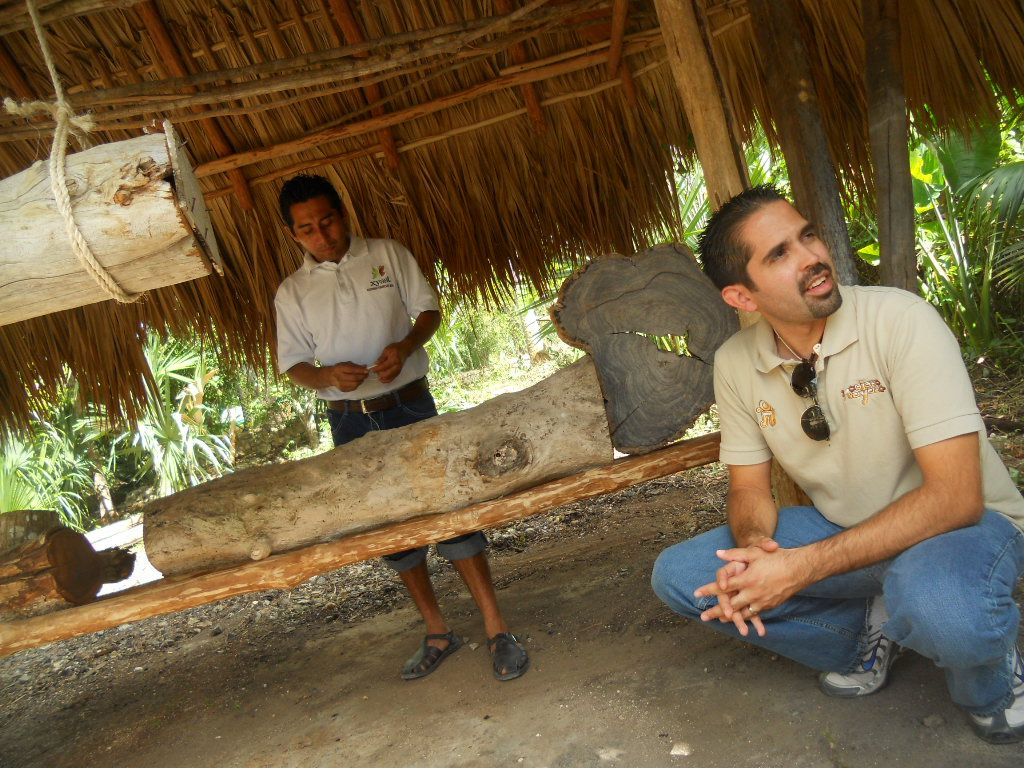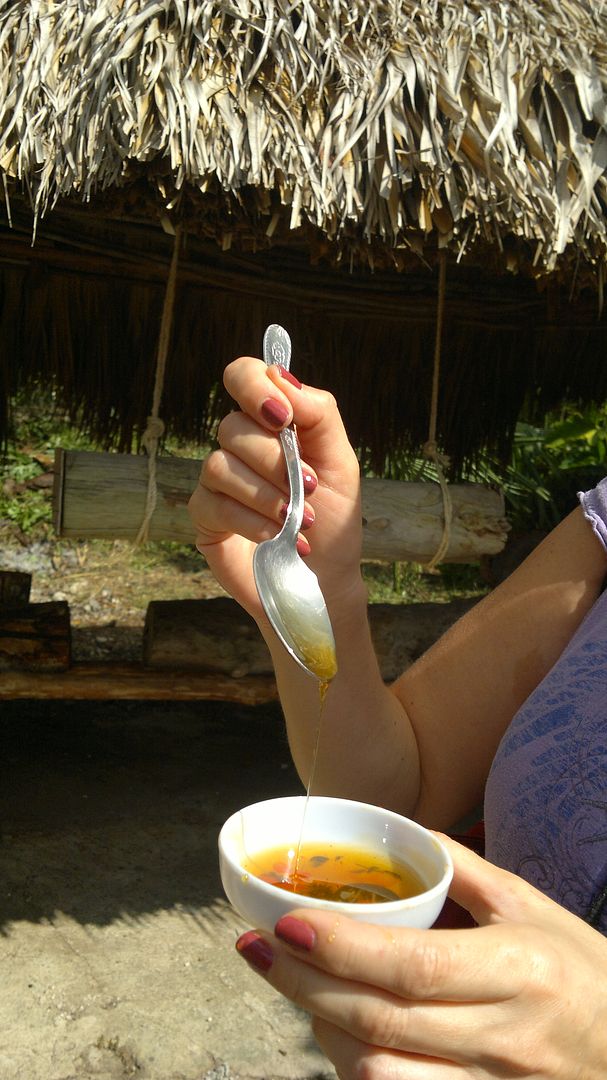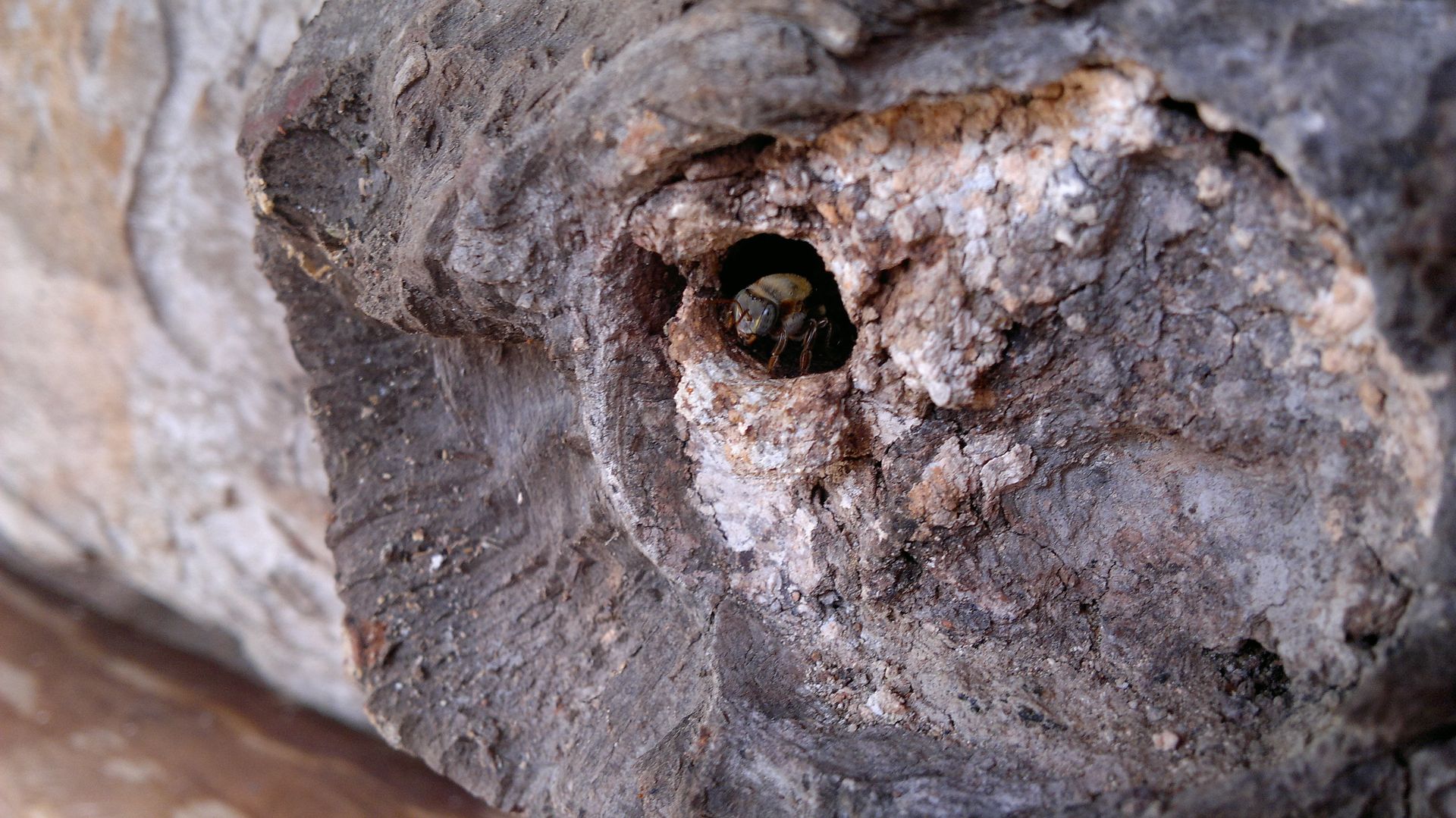
XUNAAN KAB: KEEPING THE MAYAN BEEKEEPING TRADITION ALIVE
Modern day Mayans still hold on strongly to their ancient traditions, especially in the villages of the Yucatan Peninsula and the extensive "Zona Maya" that lies just south of the Riviera Maya. The Xunaan Kab is one such tradition, a fascinating stingless bee that has been domesticated by the Mayans for all kinds of uses in the local culture.
Popularly known as the melipona bee in Spanish, Xunaan Kab have been used by the Mayans since ancient times for their honey and wax. Domesticating the bee as well as harvesting and commercializing its products became an important economic and cultural activity for the Mayan community that is still practiced in the Yucatan Peninsula today. According to pre-Hispanic writings, the Xunaan Kab beekeepers each had hundreds of jobones (bee hives located in hollowed tree trunks).
On a recent tour of the Mayan village of Señor just an hour south of Tulum, I had the chance to see these stingless bees up close. Our tour guides told us all about their small colony of Xunaan Kab, with several hollowed out tree trunks set under a palapa.

The tour guides in Señor explained that they only harvest the honey once every year, and each liter is sold for approximately $400 pesos (about $35 US dollars). The local Mayan community uses the Xunaan Kab honey for medicinal purposes to treat eye and ear infections, respiratory problems, intestinal woes and even skin ulcers. The honey is also rumored among the Mayans to have similar effects to Viagra, if you catch my drift, and as an ingredient in the Mayan drink balché.
The wax produced by Xunaan Kab is a main ingredient in Mayan candles used for ceremonial purposes, making it a strong part of the local heritage. During our day in Señor, my group got the chance to try some samples of Xunaan Kab honey, and it was definitely better and richer than any honey you could buy at the average supermarket.

I was most fascinated by the "guards" of the Xunaan Kab hives. One bee stands guard at the tiny entrance to the jobón for 6 hours, and then he's quickly replaced by another bee guard starting his own six-hour shift.

But local Mayan villages like Señor aren't the only groups harvesting Xunaan Kab honey! Xel-Ha park in the Riviera Maya has its own jobones on-site, with two honey harvesting ceremonies every year during the full moons in June and December. Conducted by a Mayan priest, this Xel-Ha event is accompanied by musicians, flowers, altars and a feast.

Have you ever tried Xunaan Kab honey?

